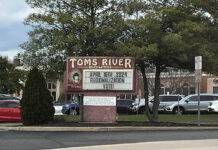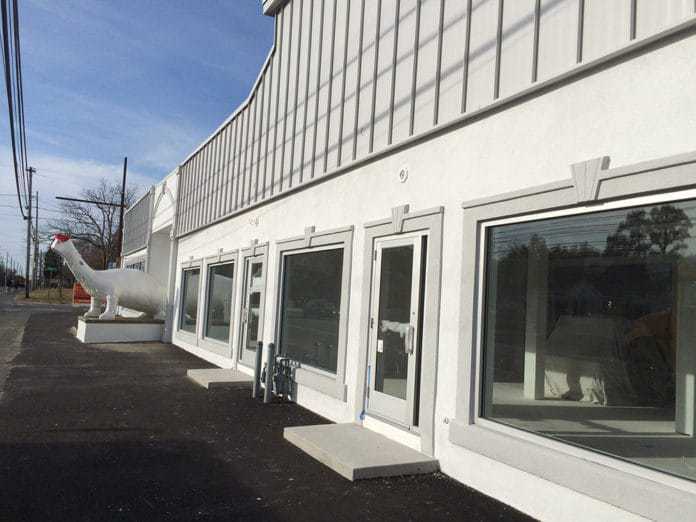
BERKELEY – Some might see empty storefronts as the signs of a poor economy. Indeed, very few towns have recovered fully from the downturn in the economy. However, some might see the empty storefronts as future opportunities.
Driving through Bayville these days, it is easy to find empty stores. The Beachwood Mall is the easiest to spot. It’s been almost entirely razed so that only a few structures and der Wunder Weiner hot dog cart still stands.
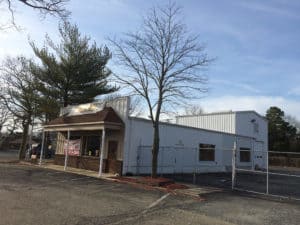
The shopping center with the iconic dinosaur standing guard out front is empty, with some people working on renovating it.
Some of the jobs in Berkeley are hidden. It might be hard to spot some places, like in the industrial park or CWR electronics, which is not visible from Route 9. It’s behind the dinosaur and a liquor store, near a home and a cemetery by Short Street.
There are no records of how many properties are empty from one period of time to another. In fact, this would be very difficult to do without surveying them door to door, township planner Jim Oris said. Additionally, the numbers would keep changing. A property might be vacant, but get filled a month later.
“Our main focus right now is to help businesses fill vacant storefronts,” Mayor Carmen Amato said. There has been a lot of movement on some empty spots. Pet Supplies Plus came to the shopping center where ShopRite is. Thompson Healthcare and Sports Medicine moved in to an open spot on Route 9 as well. He said a farmer’s market will be coming to the old Clark’s grocery store area, which used to be where Foodtown was. Also new to the area are Amp Zone, Advanced Auto Parts, Ted’s Well Service, and Sedeyn Electrical Construction.
Township officials have been working with the property owners to get sensible business development there, he said. The township employees can work with the owners to help them get the permits needed, and even prospective tenants.
For example, one of the garden centers on Route 9 closed down a few years ago. So, Amato said he reached out to the owners of the property, and then made some calls to find someone who was interested. Then, C & G Landscape Supply came in.
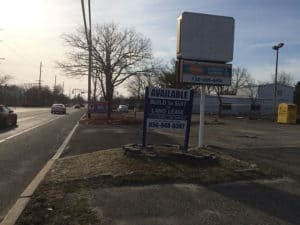
Retail Challenges
Arguably, the first thing people think of when they hear the term “commercial ratable” is a store. However, there are fewer and fewer of those in the area.
Part of the challenge is that the bulk of Berkeley’s residents live in senior communities. Those senior communities have major entrances and exits on Route 37 in Toms River. So, Berkeley got all the residential property, while Toms River got the commercial side.
A larger problem, Amato said, is trying to convince companies that there are more spending dollars in Berkeley than the statistics show.
According to 2010 census data, Berkeley had a median household income of $43,942. By way of comparison, Toms River and Lacey Township’s median household incomes were both about $71,000. This tells potential business owners that the town does not have a lot of buying power. That means it might be difficult to sustain a lot of retail. These towns are Berkeley’s biggest competitors in terms of shopping.
“Our issue is (the perception of) Berkeley Township’s socio-economic status. There is a majority of seniors on Social Security,” Amato said, as opposed to two-income households.
That skews the numbers, he said. When businesses look for places to set up shop, they might be scared away by the perception of low income. Amato said it has been a challenge to get businesses to realize that there are different sections of Berkeley Township, and that each section has different needs. You can’t just make an assumption from a statistic that the entire town is the same.
Additionally, any store that comes to Route 9 not only has Bayville residents as potential customers, but people in Pine Beach and Beachwood as well.
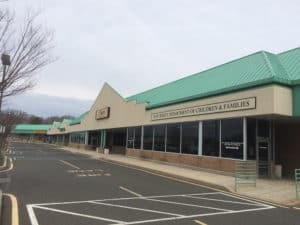
“We’re definitely optimistic in marketing business (in Bayville),” he said.
The town is getting some help from a few newly-formed groups, he added. The Central Ocean Business Association will be like a Chamber of Commerce for the Route 9 corridor and surrounding areas. The municipality also started an Economic Development Commission to work on bringing in commerce to the area.
“There are a lot of positives. We will be building on that momentum,” he said.
Any retail establishment won’t just be competing with Lacey and Toms River. They’ll also be competing with Amazon.
“Anybody can order anything they want right from their smart phone,” he said. “Business today is different than it was years ago.”
Post offices now have entire employees dedicated to delivering Amazon shipments. However, it is unclear how many parcels a day are shipped locally. A representative from the United States Postal Service said they don’t disclose information about individual clients, and a representative from Amazon said they do not share that information.
Future Development
Township officials hold that the future to Berkeley’s commercial development relies heavily on the town centers, bringing more ratables into certain pockets.
The most important one of all will be at the Beachwood Mall. It was named the Beachwood Mall because, at the time, the owner was angry with officials in Berkeley. However, it is actually within Berkeley’s borders, on the northern side.
The township is currently working with a redeveloper to clean up the waste from the old asphalt plant that was behind it and rework the property into a huge center for shopping and job growth.
M & M Realty Partners and Lennar Corporation formed a joint venture where they will redevelop the spot into a mix of commercial, office/professional, and residential. There will be big box spots, pad sites, and a downtown walkable feel.
Oris, the planner, said that the redevelopers haven’t really made significant changes to that plan in the last few years.
“Calling it a town center is underselling it. It’s going to be a regional center, drawing from all over the county,” said township tax assessor Eric Zanetti. There is a potential for 2 million square feet of business and residential, on cobblestone walkways. It will be like how the Ocean County Mall brings in more customers than just Toms River.
Houses On Route 9
Taking a trip down Route 9 will reveal quite a few houses mixed in among the commercial businesses.
Oris explained that some of them are being used for commercial. “It’s more important what they are used for rather than what it looks like.”
The entire strip of Route 9 is in the highway business zone, he said. Any homes that are there right now are an existing non-conforming use. They are grandfathered in until they are abandoned by the owners, he said.
Some towns have large, multi-family developments being built on Route 9. However, that would not be allowed in those areas where houses are now, he said.
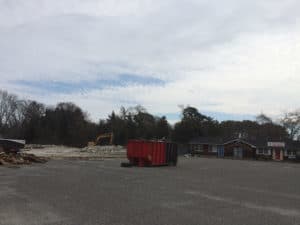
Ratable Count
Municipal officials pay close attention to the number of ratables in town. It’s the way to spread out the tax burden. So, the more the merrier.
Commercial ratables are always in high demand because they will take some of the taxes off of the residential taxpayers.
The total ratable base in town, including homes, is $5,107,714,648, said Zanetti, the township tax assessor. Of this, it is further broken up by:
- $280,585,300 in commercial ratables, down from last year’s $285,904,700.
- $16,424,100 in industrial ratables, down from last year’s $23,692,500.
- $55,205,700 in apartments
The rest is non-apartment residential. So, clearly, most of Berkeley’s tax base is single family homes.
The total ratable base is an ever-changing number, however.
“There’s always give and take,” Zanetti said, between new construction, tax appeals, and other factors that make the total ratable count a moving target rather than a set figure.
Several million dollars in commercial and industrial ratables were taken off the table in recent years.
The Beachwood Mall was condemned and put up for future development. This will be the town center.
“Their $4 million assessment went to zero because we don’t collect taxes on what we own,” he said.
There was also the New Jersey Pulverizing Company’s 775-acre tract of land in Bayville that was taken off the market when it was bought by the county to use for open space. It had an assessment between $11-12 million, and it is now down to $2.8 million.
Zanetti said these two reductions didn’t hit the township that badly.
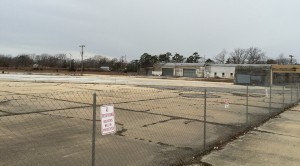
When the entire ratable base in Berkeley is $5.1 billion, even these larger assessments are not felt as much, he said.
At one point, developer Hovnanian wanted to build 1,800 homes on the pulverizing tract, Amato said. That would have dumped a ton of vehicles onto an already congested Route 9. So, losing the ratables actually wasn’t as bad as what those homes would have done to the quality of life, not to mention the school taxes.
The ratables will likely increase as the homes continue to be rebuilt. They are down about $47 million since Superstorm Sandy, he said.
This is because after the houses were destroyed or torn down after the storm, the town was only able to tax the properties on the actual land. A $300,000 property on the water was suddenly worth $100,000. Now, as the owners rebuild, they will often rebuild bigger and better – and certainly newer – all of which increases the property value. Therefore, the $300,000 home pre-Sandy could become a $350,000 home after Sandy.
The ratable base is roughly 90 percent residential. “We think we can do a little bit better,” Amato said.




